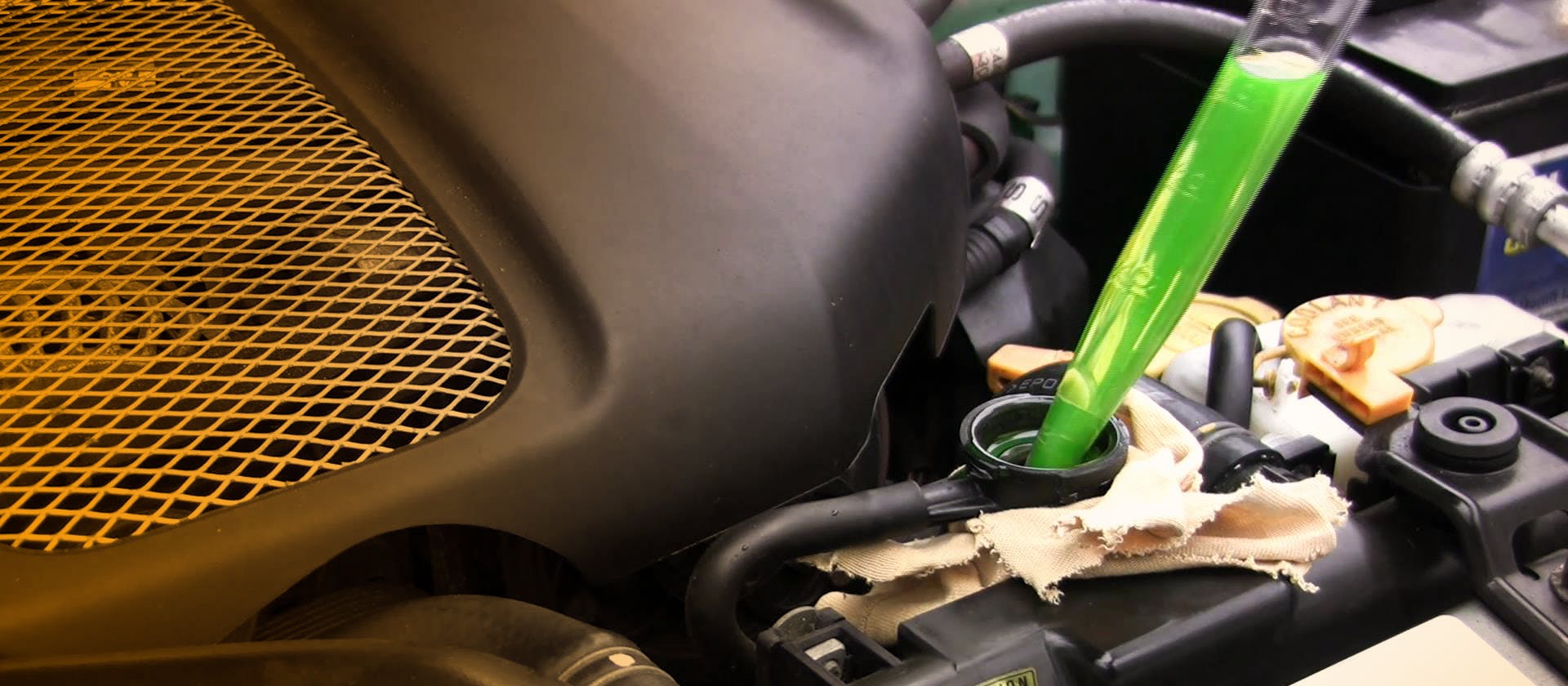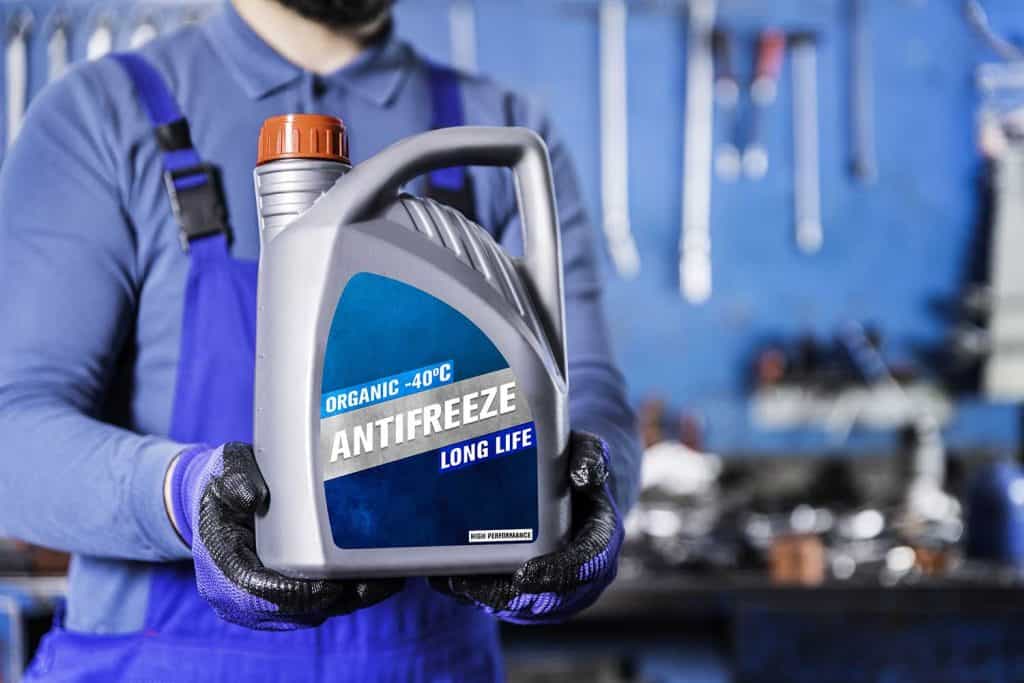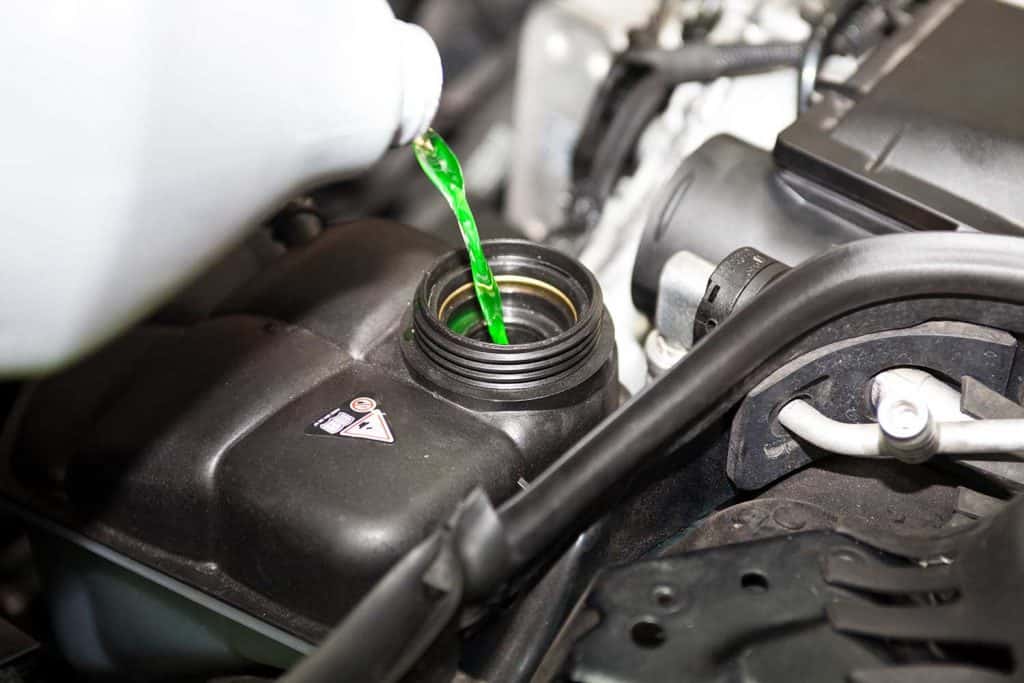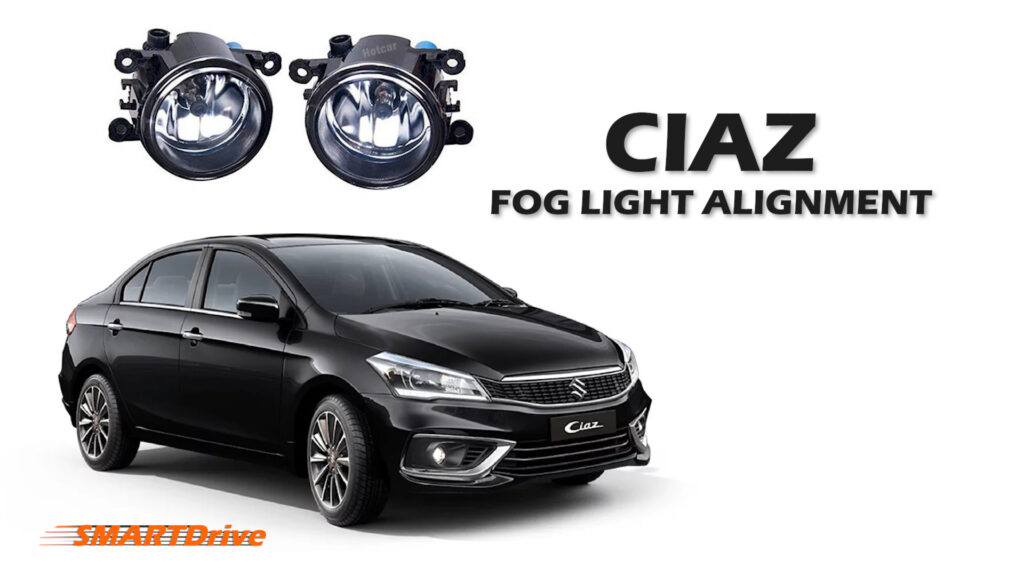What is a coolant?
A coolant (also known as antifreeze) is a specific fluid that circulates throughout your engine to keep it working at the proper temperature. It is commonly green, blue, or even pink in color and is manufactured from ethylene glycol or propylene.
Coolant, often known as antifreeze, is an important component in keeping your engine cool and preventing overheating. Your vehicle’s cooling system will effectively minimize the heat produced by the engine and keep everything operating smoothly if it is in good working order.
What exactly is Antifreeze / Coolant?
Coolant is also known as antifreeze because, as the name implies, it does not freeze even in extremely cold temperatures. Because coolant prevents the engine from overheating, it also prevents it from freezing when left outside in the cold. On cold winter mornings, frozen fluid may prevent your car from starting.
It is also essential to keep enough coolant in your vehicle at all times to avoid premature coolant system corrosion.

What is the function of a coolant?
When your car’s engine is running, it generates a lot of heat and must be constantly cooled to avoid engine damage. Your car’s cooling system circulates coolant through tubes in the engine block and heads. The coolant picks up heat from the engine as it passes through these channels. The hot fluid is then routed through a rubber line to the radiator in the front of the vehicle.
The heated liquid is cooled as it runs through the channels in the radiator by the air stream entering the engine compartment from the grill in front of the automobile. After cooling, the fluid is returned to the engine to absorb more heat. The water pump’s task is to keep the fluid moving through this network of piping and hidden passageways.
Regular coolant service is necessary for the cooling system to function correctly, preventing overheating and resulting in damage such as deformed heads, blown head gaskets, or even engine failure.
Why Coolant is Important ?
Assume we’re using water instead of coolant in the car. The normal operating temperature of any diesel engine is between 190 and 220 degrees Celsius. As a result, it will undoubtedly boil. and will generate air pockets with water vapours, which might harm internal gaskets due to pressures created by the expansion of water molecules.
On the other hand, if we use water in sub-zero temperatures, the water will freeze inside the engine. This will disable the heating or cooling system’s regulation. So we’ll need something more than simply water here, an unique chemical that won’t boil or freeze regardless of the outside conditions.
Just as you would with lubricants, the coolant in your car’s cooling system needs to be inspected regularly, to be sure that you have enough. Our antifreeze and engine coolant help protect your engine from severe and serious damage.
Because not all coolants can be mixed, please check your owner’s manual to find out which coolant is suitable for your car and how it should be applied.
Does engine coolant go bad?
Yes, engine coolant degrades. Older fluid may create acid accumulation, become polluted with rust or scaling, and have lower boiling and freezing resistance. Degraded coolant/antifreeze may cause your engine to run hotter than usual or prevent it from starting in colder temperatures.

Types Of Antifreeze (And Ingredients)
Coolants are available in a variety of colours and types. They also provide diverse functions for different car brands. As a result, it is critical to pick a coolant that is compatible with your vehicle’s engine. Here are the several types of coolants to help you decide which one is best for your vehicle.
Inorganic Additive Technology
Organic Acid Technology
Hybrid Organic Acid Technology
Phosphate-Free Hybrid Organic Acid Technology
Silicated Hybrid Organic Additive Technology
Phosphated Hybrid Organic Additive Technology

Determine the Correct Antifreeze For Your Make/Model
Investing in the proper coolant is a smart way to take care of your vehicle. To learn how the product works, begin by reading the owner’s handbook and visiting the manufacturer’s website.
What is the difference between a “Coolant Flush” and “Coolant Drain&Fill” and “Coolant Top-Up” ?
| COOLANT FLUSH | COOLANT DRAIN & FILL | COOLANT TOP-UP |
|---|---|---|
| A coolant flush begins with the addition of a chemical to the cooling system, which eliminates debris and accumulation. | Nothing special has been done; simply open up the reservoir knob to drain the coolant from the engine and radiator. | following an expert examination of the cause of the drop in coolant level. The coolant tank has been opened. |
| After that, a machine is used to extract the old fluid and replace it with new fluid. The machine moves the fluid through the system at the same rate as the engine would if it were running. | The fluid is drained from the vehicle by gravity. | A coolant-water mixture is injected into the coolant tank as needed. |
How To Add coolant / Antifreeze To Your Car ?
1. Turn the Engine Off and Cool the Car
2. Locate the Engine Coolant Reservoir
3. Check Coolant Levels
4. Twist off the Coolant Cap Properly
5. Add the Coolant
6. Reach the Cold Fill Line and Put the Cap Back

“SMARTDrive is small step towards making roads a safe place.”
Join us as Viewer, Author, Patron or The Sponsor.
| BESAFE. DRIVESMART. |
CEO & Founder
SMARTDrive333.com
Rainy Season special : SMARTDrive
McPherson System
McPherson Strut Explained [hindi] :SMARTDrive https://youtu.be/0u7ExBu-z7E 👉🏻 For direct selection of a specific chapter please…
HEADLIGHT Adjustment
HEADLIGHT Adjustment : Height level Up-Down #1 :SMARTDrive https://youtu.be/gvPmOYyE324 light settings carheadlight settingsfine tuningnight lightsup…
The Key Differences Between LED and HID
Brightness HID headlights are the brightest on the market, and the light they emit covers…
Fog Light Alignment
Door Noise
https://youtu.be/U34o7zQMUSc SOLVED : DOOR NOISE from car completely gone in minutes :SMARTDrive door rubber sealing…



0 Comments